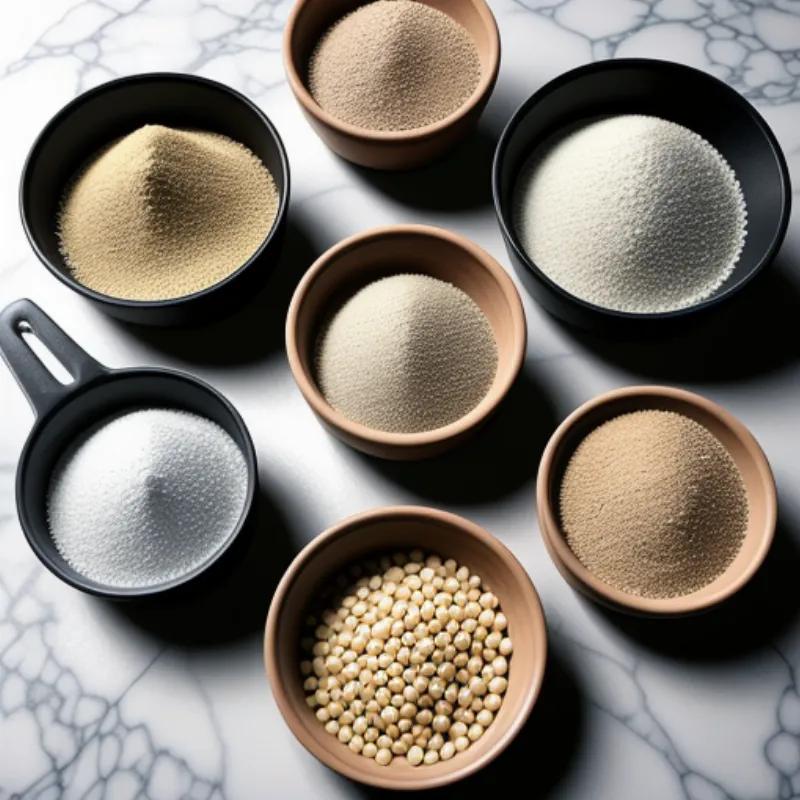Ogi, also known as Akamu or Pap, is a creamy, fermented porridge that’s a beloved breakfast staple in many West African countries. Made from fermented maize, ogi offers a tangy and slightly sour flavor profile that’s both comforting and invigorating.
This ancient culinary tradition results in a gut-healthy, probiotic-rich porridge that’s incredibly easy to make at home. Whether you’re familiar with ogi or eager to explore new culinary horizons, this comprehensive guide will walk you through the process step-by-step. Let’s unlock the deliciousness of this nourishing African delight!
Gathering Your Ingredients
Making ogi requires just a few simple ingredients:
- Maize Grains: 2 cups (You can use white or yellow maize, though white maize is more traditional for ogi.)
- Water: About 8-10 cups (You’ll need enough for soaking and rinsing.)
Tools You’ll Need
- Large bowl
- Sieve or cheesecloth
- Blender or food processor
- Pot
- Wooden spoon
- Storage container
Step-by-Step Guide to Making Ogi
1. Soaking the Maize
- Rinse the maize grains thoroughly under running water until the water runs clear.
- Place the rinsed maize in a large bowl and add enough water to cover the grains by at least 3 inches.
- Cover the bowl with a clean kitchen towel or lid and allow the maize to soak for 2-3 days at room temperature.
2. Blending the Soaked Maize
- After soaking, drain the water from the maize and rinse the grains once more.
- Add the soaked maize to a blender or food processor in batches, adding a little water at a time, and blend until you achieve a smooth, fine paste.
3. Separating the Chaff
- Set up a sieve or line a large bowl with cheesecloth.
- Pour the blended maize mixture through the sieve or cheesecloth, pressing down gently to extract as much liquid as possible.
- The liquid that passes through is your ogi batter, while the leftover chaff can be discarded or used for other purposes (like animal feed).
4. Fermenting the Ogi Batter
- Transfer the ogi batter into a clean pot and cover it loosely with a lid or cloth.
- Allow the batter to ferment at room temperature for 1-3 days. The fermentation time will depend on the warmth of your kitchen—a warmer environment will speed up the process. You’ll know it’s ready when it develops a slightly sour aroma and bubbles start to form on the surface.
5. Cooking the Ogi
- Once fermented, the ogi batter might have separated slightly—this is perfectly normal. Simply stir it well to combine.
- Place the pot with the ogi batter over medium heat.
- Stir continuously as the ogi cooks to prevent lumps from forming.
- Continue cooking and stirring until the ogi thickens to your desired consistency, usually about 5-10 minutes.
Tips and Tricks for Delicious Ogi
- Fermentation Power: For a more pronounced sour flavor, allow the ogi to ferment for a longer duration.
- Smooth Operator: If you prefer a super smooth ogi, you can blend the fermented batter once more before cooking.
- Flavor Adventures: Once cooked, ogi serves as a blank canvas for flavor combinations! Sweeten it with honey, sugar, or fruits like bananas, strawberries, or mangoes. You can also add a pinch of salt for a savory twist.
Serving and Enjoying Your Homemade Ogi
Ogi is best enjoyed fresh and warm. It’s traditionally served in a bowl and can be paired with a variety of accompaniments, such as:
- Akara (Bean Fritters): The crispy texture of akara contrasts beautifully with the creamy ogi, creating a delightful flavor and texture combination.
- Moi Moi (Bean Pudding): Another classic pairing, moi moi adds a savory, protein-rich element to your ogi breakfast.
- Bread and Beverages: For a simpler option, enjoy your ogi with slices of bread, tea, or coffee.
 Making Ogi Ingredients
Making Ogi Ingredients
 Ogi Fermenting Process
Ogi Fermenting Process
Ogi: A Taste of Tradition and Nourishment
Mastering the art of making ogi connects you to generations of culinary wisdom and allows you to savor a truly special breakfast porridge. With its simple preparation, gut-healthy benefits, and endless flavor possibilities, ogi deserves a spot on your breakfast table. Give this recipe a try and experience the magic of this fermented African delight!
Ready to explore other culinary adventures? Check out our recipe for Bulgogi Sauce, a flavorful Korean staple that will elevate your next barbecue!
